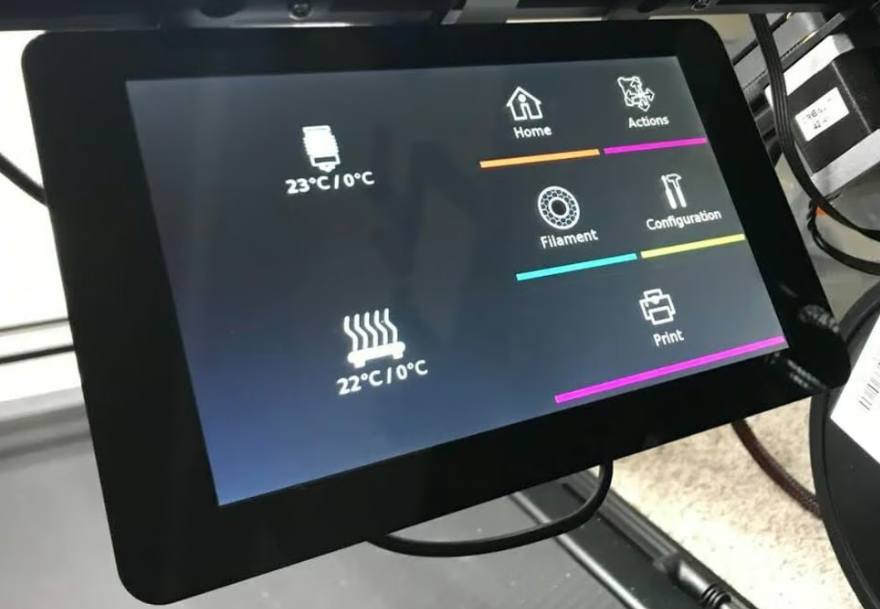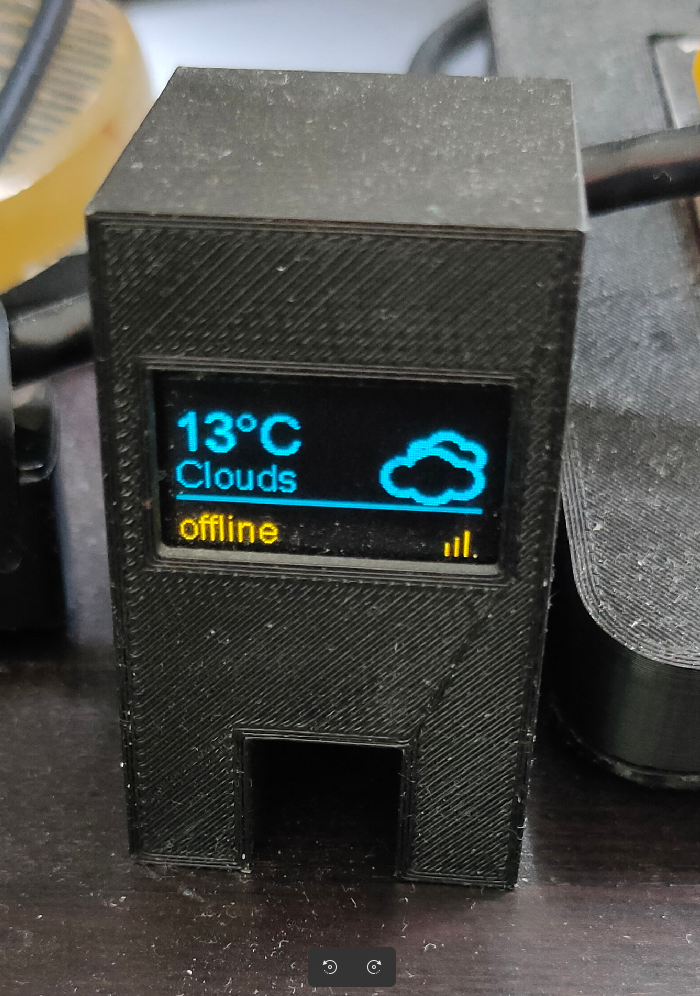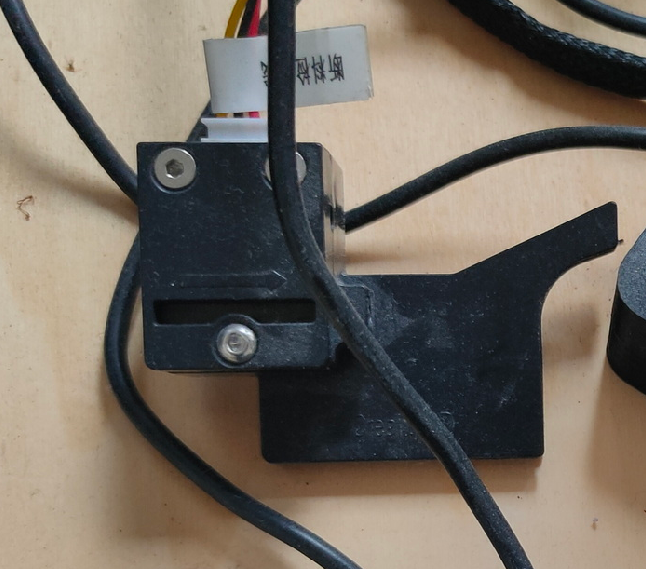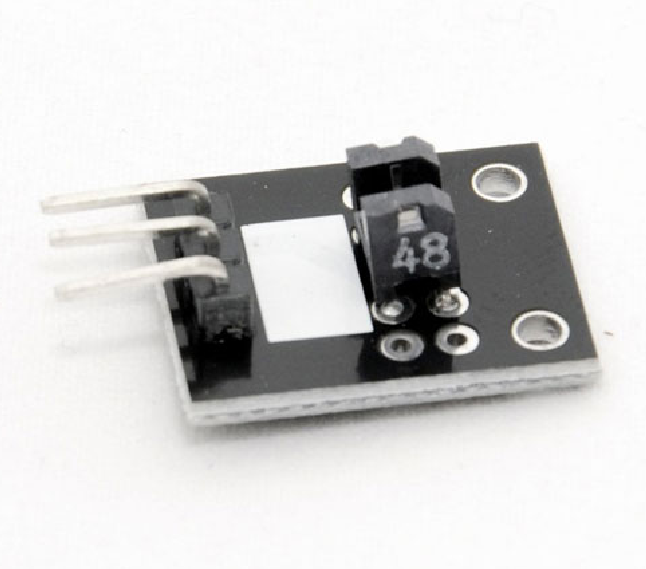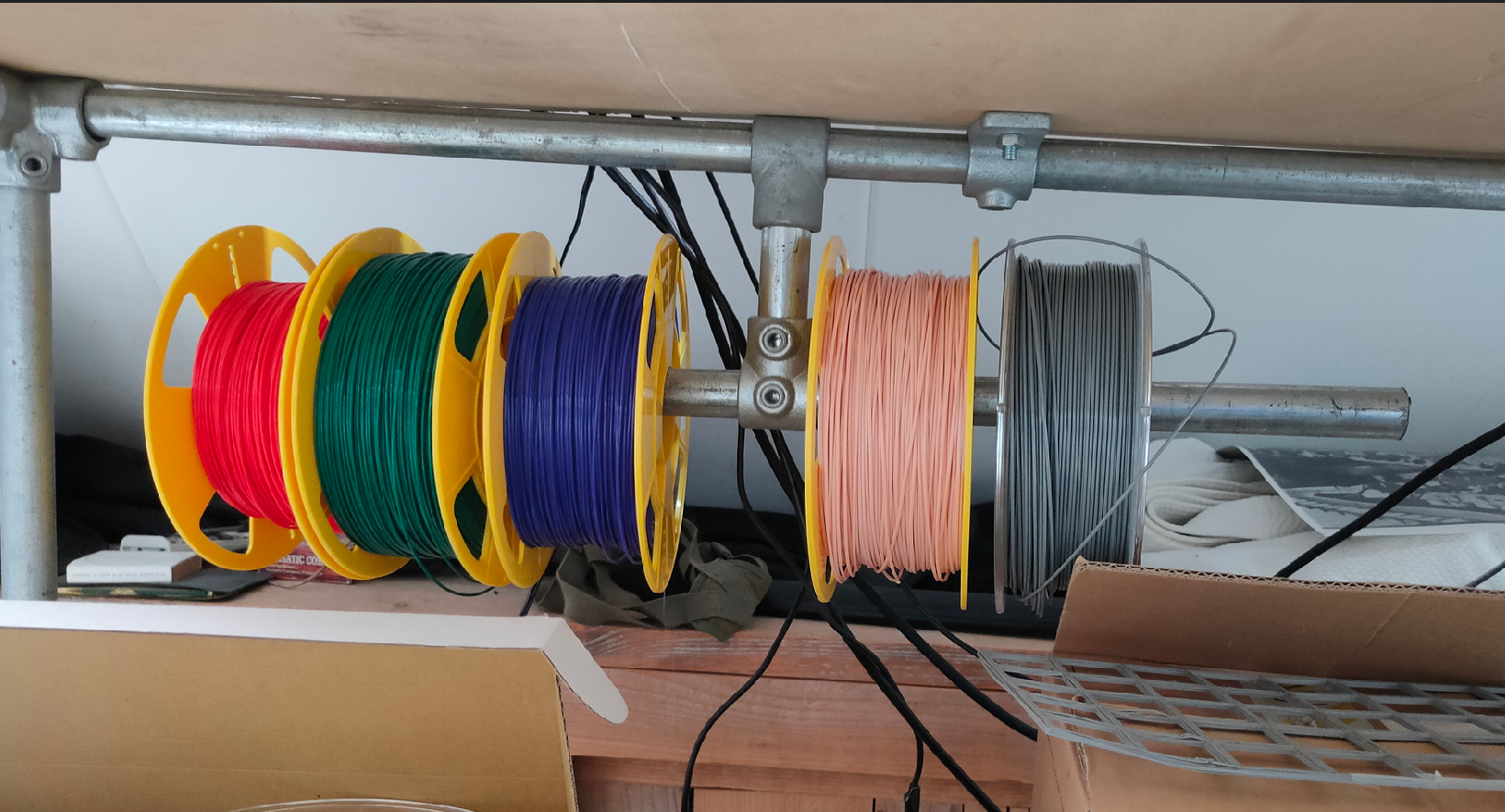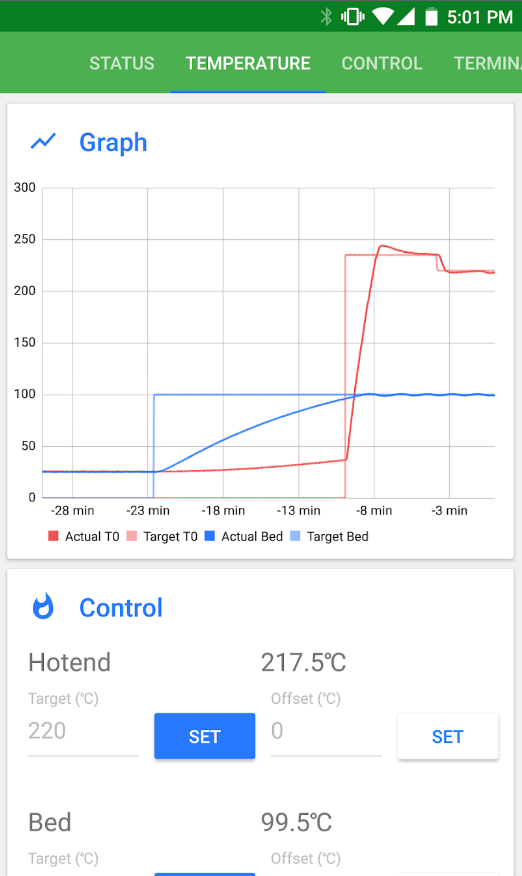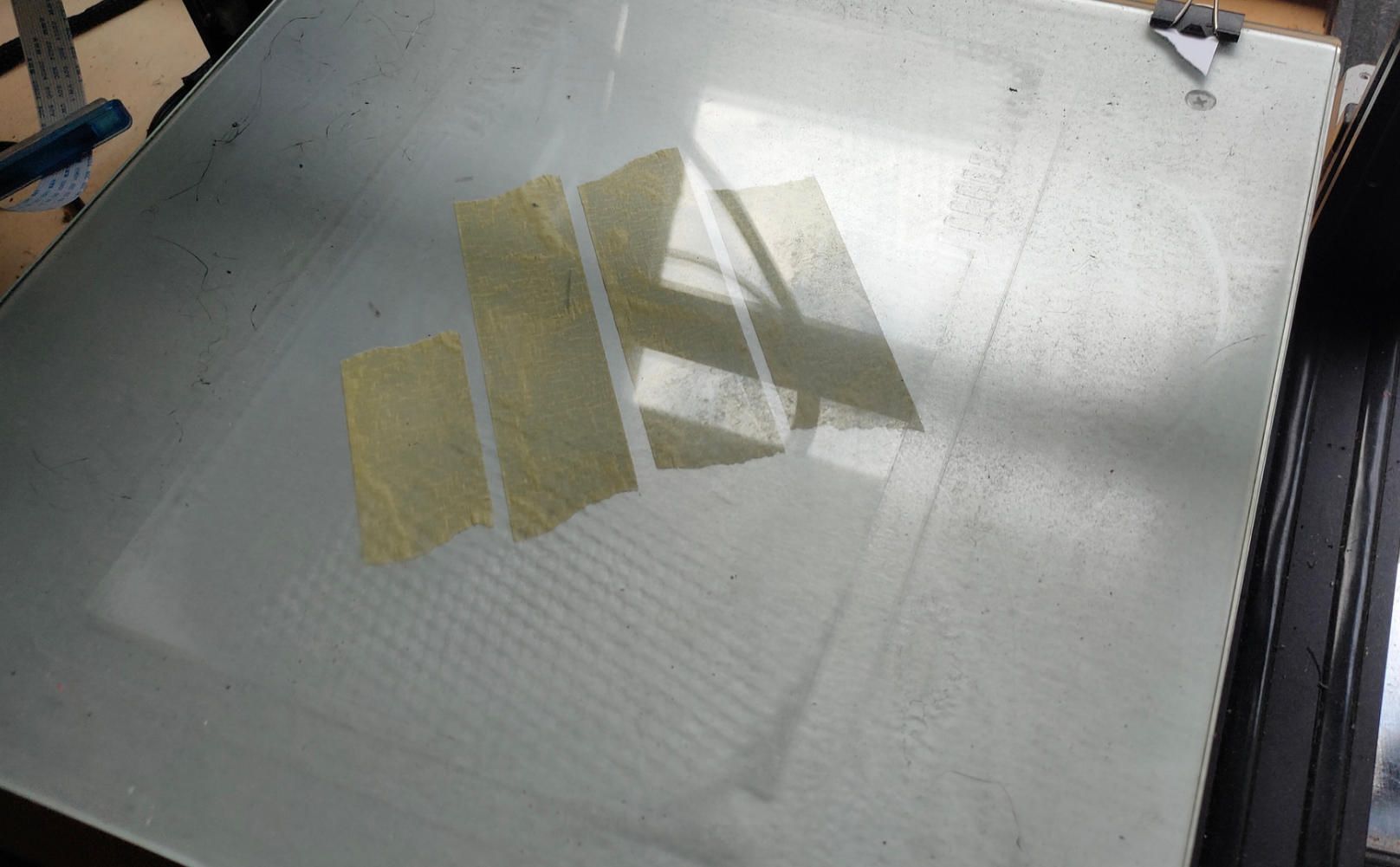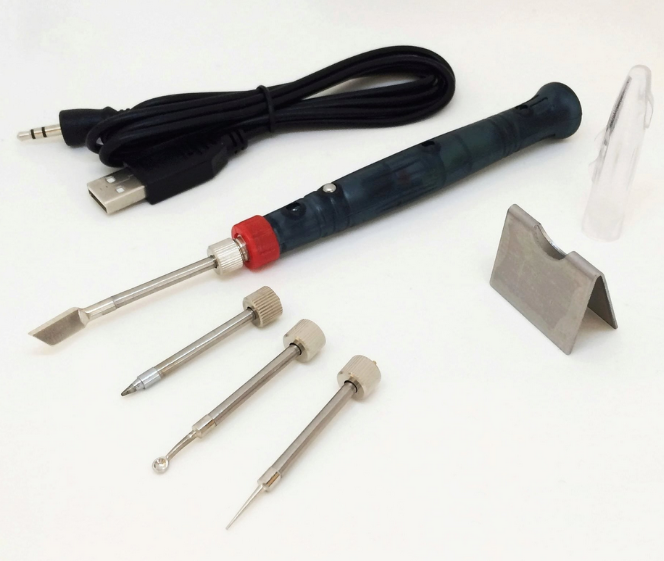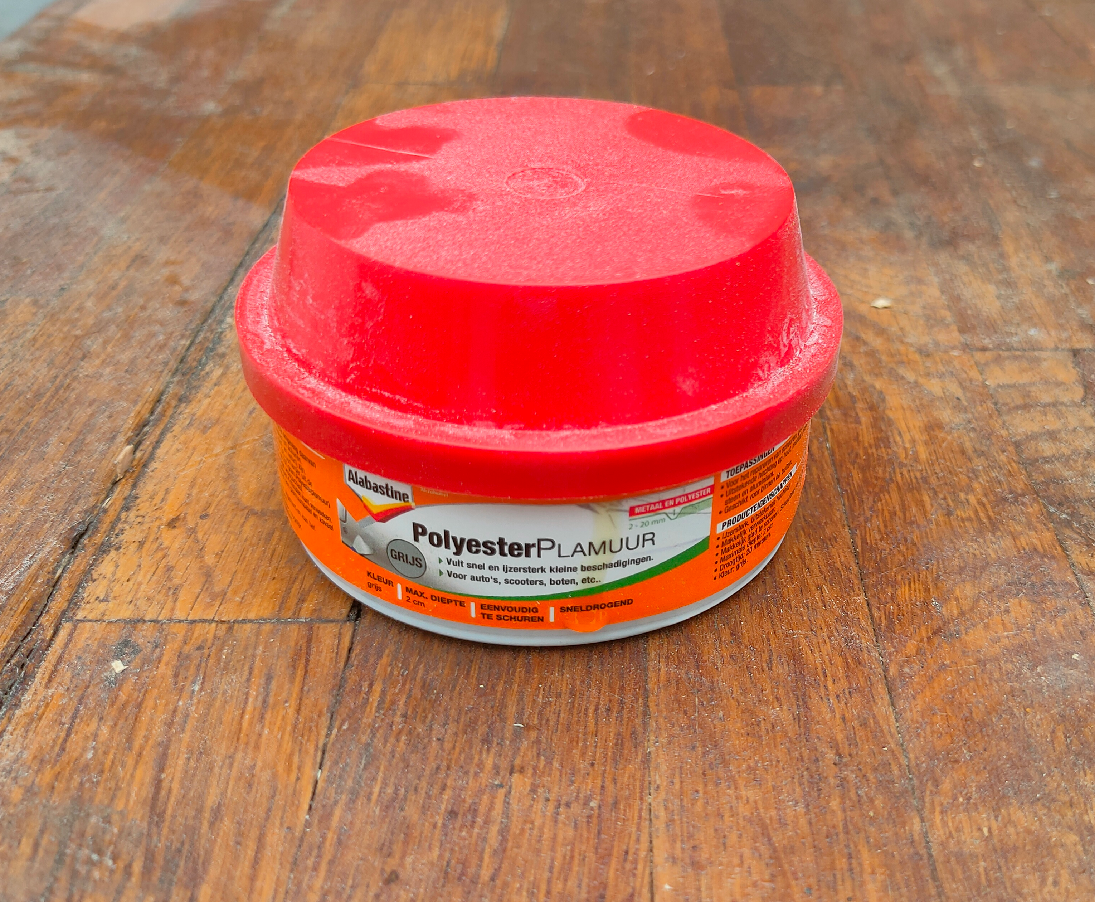Last Updated or created 2024-08-20
In 2012 I started with 3D printing, I didn’t have my own yet. So it was done using shapeways.
April 2019 I ordered my own, a Creality CR-10S.
Specs
- Build Volume: 300 x 300 x 400mm
- Layer Thickness: 0.1-0.4mm
- Positioning Precision: Z-axis – 0.0025mm, X & Y-axis – 0.015mm
- Nozzle Temperature: 250°C
- Printing Speed: 200mm/s
- Filament Diameter: 1.75mm
- Printer Weight: 9kg
- Printing Filament: PLA, ABS, TPU, Wood, Carbon fiber, etc.
- Input Support: SD card/USB
- File Types: STL/OBJ/G-Code/JPG
- Supports(OS): Windows/Linux/Mac/XP
- Printing Software: Cura/Repetier-Host
- Frame & Body: Imported V-Slot Aluminum Bearings
- Power Requirement Input: AC110V~220V, Output: 12V, Power 270W
- Output: DC12V, 10A 100~120W (Support storage battery)
- Working Condition Temp:10-30°C, Humidity: 20-50%
Problem with this 3D Printer is the lack of a thermal runaway detection. My solution is a MQTT/Nodered warning system which plays an alarm and uses a shelly to disconnect the power.
https://www.henriaanstoot.nl/2022/05/11/mqtt-bash-nodered-notify/
Software I Use – see other posts
- Openscad
- Cura
- Meshroom
- Blender
- Sketchup
Hardware
- Octoprint on a raspberry pi – (with Octoscreen)
- Octoprint monitor
I’m using a filament sensor like the one in below picture
It used to be a DIY thingy using an arduino. (below)
Filament under my table ( in the “dark” )
Software on my mobile
- Octoremote
https://play.google.com/store/apps/details?id=com.kabacon.octoremote
Hints and tips
- Use painters tape against bending of the glass, it will warp because of the heat.
- Use 3D spray to fix model to base-plate.
(I used a gluestick before) - Always think of model placement, less support the better.
- Try to remember which fill-in is the best for your purpose.
- Calibrate distance print tool and glass using printing paper.
- Know your printer, make a lot of test prints when starting.
- Learn / read about 3D printing finishing. Sanding/smoothing/melting.
I’ve got some smoothing liquid (print coating) , a dremel and below tool
- Use a print model to test your leveling
( https://www.printables.com/model/69956-bed-level-calibration-square-grid ) - Learn how gcode’s work!
Want to know what filament is in your gcode?
grep M104 <file.gcode> # M104 is the temperature M104 200 -> PLA M104 240 -> PETG
Laser engraving using my 3D printer (pre lasercutter)
Websites
- Yeggi
- Thingiverse
- printables – not that much
UPDATE 20230803
Best gap filler i found which is easily sanded down with a dremel.
Alabastine Polyester Plamuur
